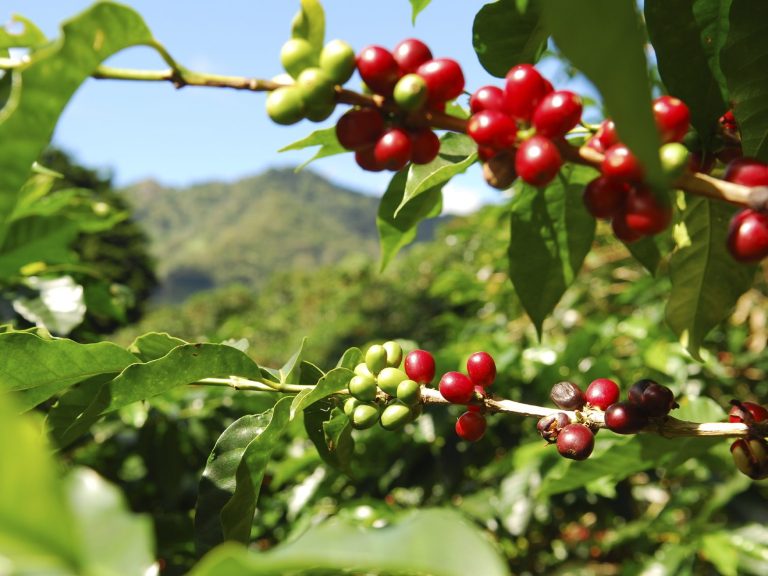Agroecology and Education
Cultivating Harmony with Nature
We are embarking on an ambitious journey to create a permaculture agroecology designed to harmonize with nature and foster a sustainable community. Our vision is to develop a regenerative, resilient, and productive food system that serves as a model for sustainable agriculture and environmental stewardship.
In this section of the website, you will find our permaculture and agroecology courses, which provide valuable insights and practical knowledge to help you contribute to this vision.
Key Features of Our System
Innovative Practices for Sustainable Agriculture
Agroforestry: Agroforestry integrates trees and shrubs into our landscape to enhance soil health, provide habitats for wildlife, and produce a diverse range of crops. This practice improves soil structure, reduces erosion, and increases biodiversity. We will plant a variety of fruit and nut trees alongside crops to create a balanced ecosystem.
Crop Rotation: Utilizing crop rotation to maintain soil fertility, manage pests naturally, and increase crop yields. By rotating crops, we prevent soil depletion and reduce the need for chemical fertilizers and pesticides. This practice supports sustainable farming and enhances soil health.
Game Species Integration: Incorporating game species into our ecosystem to enhance biodiversity and provide natural pest control. Game species will play a crucial role in maintaining ecological balance and supporting a semi-wild environment.
Limited Livestock Management: Implementing sustainable practices for limited livestock to contribute to the ecosystem, including rotational grazing and natural pest control. Our livestock will play a role in maintaining soil fertility and controlling pests, creating a balanced and productive environment.
Habitat Zones: Creating diverse habitats such as hammocks, ponds and lakes, swales, and living structures to support biodiversity and ecosystem health. These zones will provide shelter and food for wildlife, enhance water management, and create a visually appealing landscape.
Flood and Drought Management: Employing resilient water management systems, including rainwater harvesting and strategic planting, to withstand climate extremes. Our water management practices will ensure that our project remains productive and resilient in the face of changing weather patterns.
Wind Barriers: Establishing wind barriers with native trees and shrubs to protect crops and enhance biodiversity. These barriers will reduce wind erosion, protect crops, and provide habitats for wildlife.
Insect Farming: Developing separate insect farming areas for protein production for animal feed, adhering to regulatory requirements. Insect farming will provide a sustainable source of protein for our livestock, reducing the need for traditional feed and enhancing the project's sustainability.
Community Interaction: Establishing a pets corner and educational programs to engage the community and share knowledge about sustainable practices. Our project will be a hub for learning and community engagement, fostering a sense of connection and purpose.




Earth Care
Nurturing the Earth for Future Generations
IWe prioritize the health of soil, water, and biodiversity. By implementing agroforestry, crop rotation, and habitat restoration, we aim to regenerate the land and create a thriving ecosystem.
Water Management for Climate Resilience
Rainwater Harvesting: Collecting and storing rainwater for use during dry periods.
Greywater Recycling: Reusing water from sinks, showers, and washing machines for irrigation.
Smart Irrigation Systems: Using technology to optimize water use in gardens and agricultural areas.
Soil Health and Carbon Sequestration
Composting: Recycling organic matter to enrich soil.
Cover Cropping: Planting crops that protect and improve soil health.
Agroforestry: Integrating trees and shrubs into agricultural systems to enhance biodiversity and sequester carbon.




People Care
Fostering Community Engagement and Wellness
Our project will be a place for education, community engagement, and wellness. We’ll offer opportunities for learning, volunteering, and reconnecting with nature, promoting a sense of community and well-being.
Community Interaction
- Educational Programs: Establishing educational programs to engage the community and share knowledge about sustainable practices.
Community Engagement and Resilience
- Education and Awareness: Raising awareness about climate change and resilience strategies.
- Community Projects: Collaborating on projects that enhance local resilience, such as community gardens and water management systems.
- Support Networks: Creating networks of support to share resources and knowledge.




Fair Share
Ensuring Equitable Distribution of Resources
We believe in equitable distribution of resources. Our initiative will produce healthy, organic food while supporting local economies and fostering food security.
Benefits to People and Planet
- Environmental Sustainability: By adopting regenerative practices, we aim to restore and enhance the natural environment, promoting biodiversity and ecosystem resilience.
- Food Security: Our future project aims to produce healthy, organic food, contributing to local food security and reducing reliance on external sources.
- Community Engagement: We plan to create opportunities for community involvement, education, and wellness, fostering a sense of connection and purpose.
- Economic Benefits: Supporting local economies through sustainable agriculture and providing job opportunities in the community.
- Climate Resilience: Implementing practices that help the project withstand climate extremes, ensuring long-term productivity and sustainability.




Biodiversity
Supporting Biodiversity for Ecosystem Resilience
Biodiversity strengthens ecosystems and enhances their resilience to climate change. Our project aims to support and enhance biodiversity through various strategies.
Key Features
- Habitat Zones: Creating diverse habitats such as hammocks, ponds and lakes, swales, and living structures to support biodiversity and ecosystem health.
- Creating Habitat Corridors: Connecting fragmented habitats to support wildlife movement.
- Planting Native Species: Using plants that are adapted to local conditions and support local wildlife.
- Pollinator Gardens: Designing gardens that attract and support pollinators like bees and butterflies.
- Pets Corner: Creating a pets corner to foster community engagement and provide a space for relaxation and interaction.
Practical Applications
- Designing Resilient Systems: Applying permaculture principles to create sustainable and adaptive systems.
- Monitoring and Evaluation: Continuously assessing the effectiveness of resilience strategies and making improvements.
- Scaling and Sustaining Initiatives: Expanding successful projects and ensuring their long-term sustainability.




Sustainable Energy Practices
Powering Our Future with Renewable Energy
In our journey towards sustainability, we’ll incorporate renewable energy sources to minimize our carbon footprint and enhance energy efficiency.
Key Practices
- Solar Power: Installing solar panels to harness energy from the sun.
- Wind Energy: Using wind turbines to generate renewable electricity.
- Biomass Energy: Utilizing organic waste materials to produce biogas.
- Energy Storage: Implementing battery storage systems to store excess energy.
- Energy Efficiency: Designing buildings and systems to maximize energy efficiency, such as passive solar design and energy-efficient appliances.




Join Us On Our Journey
Join Us in Creating a Sustainable Future
We invite you to be part of our vision for a sustainable future. Whether you’re interested in learning, supporting, or simply being inspired, we welcome you to join us on this exciting journey towards a regenerative and harmonious world.




© Copyright. All rights reserved.
We need your consent to load the translations
We use a third-party service to translate the website content that may collect data about your activity. Please review the details in the privacy policy and accept the service to view the translations.